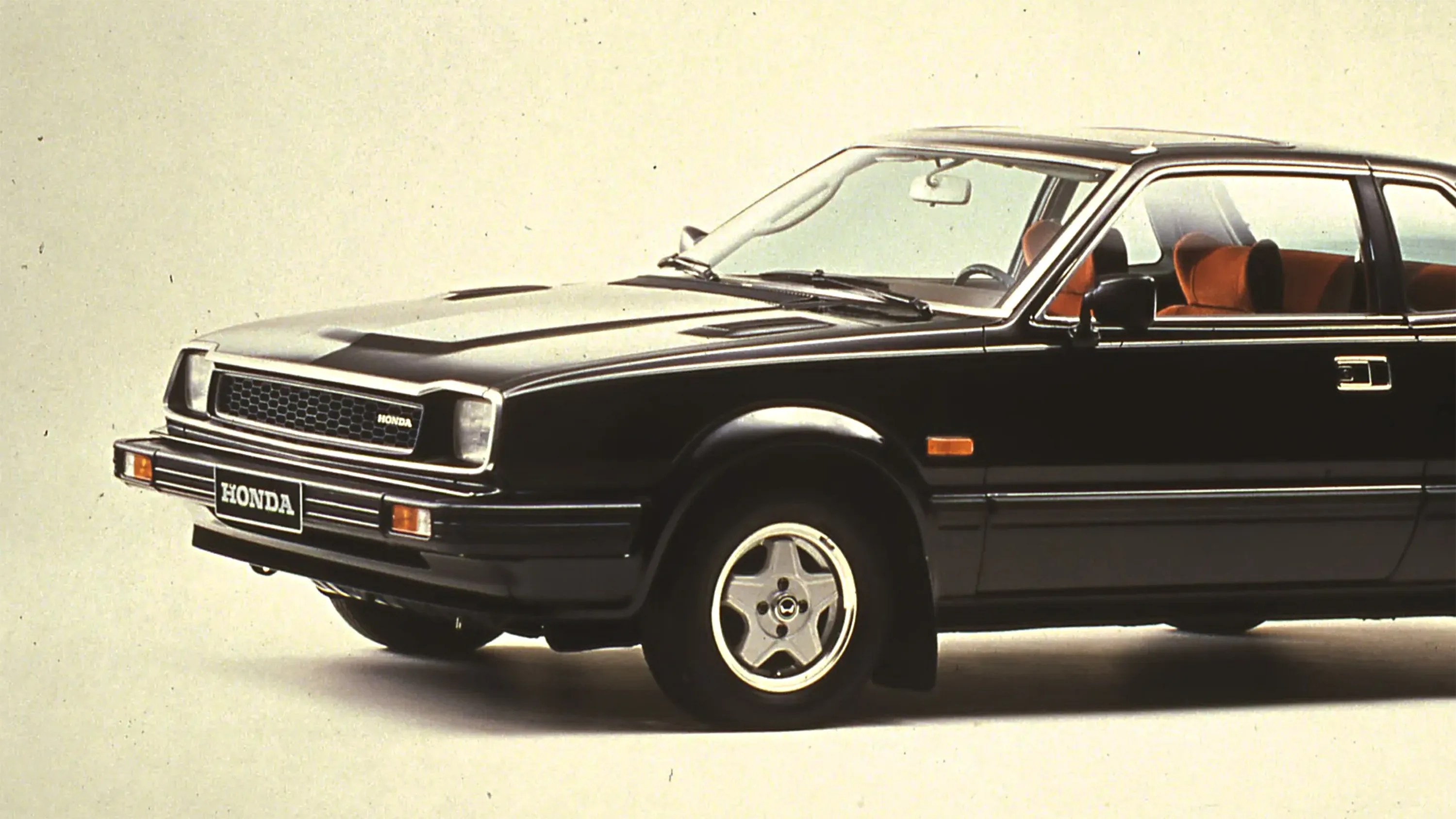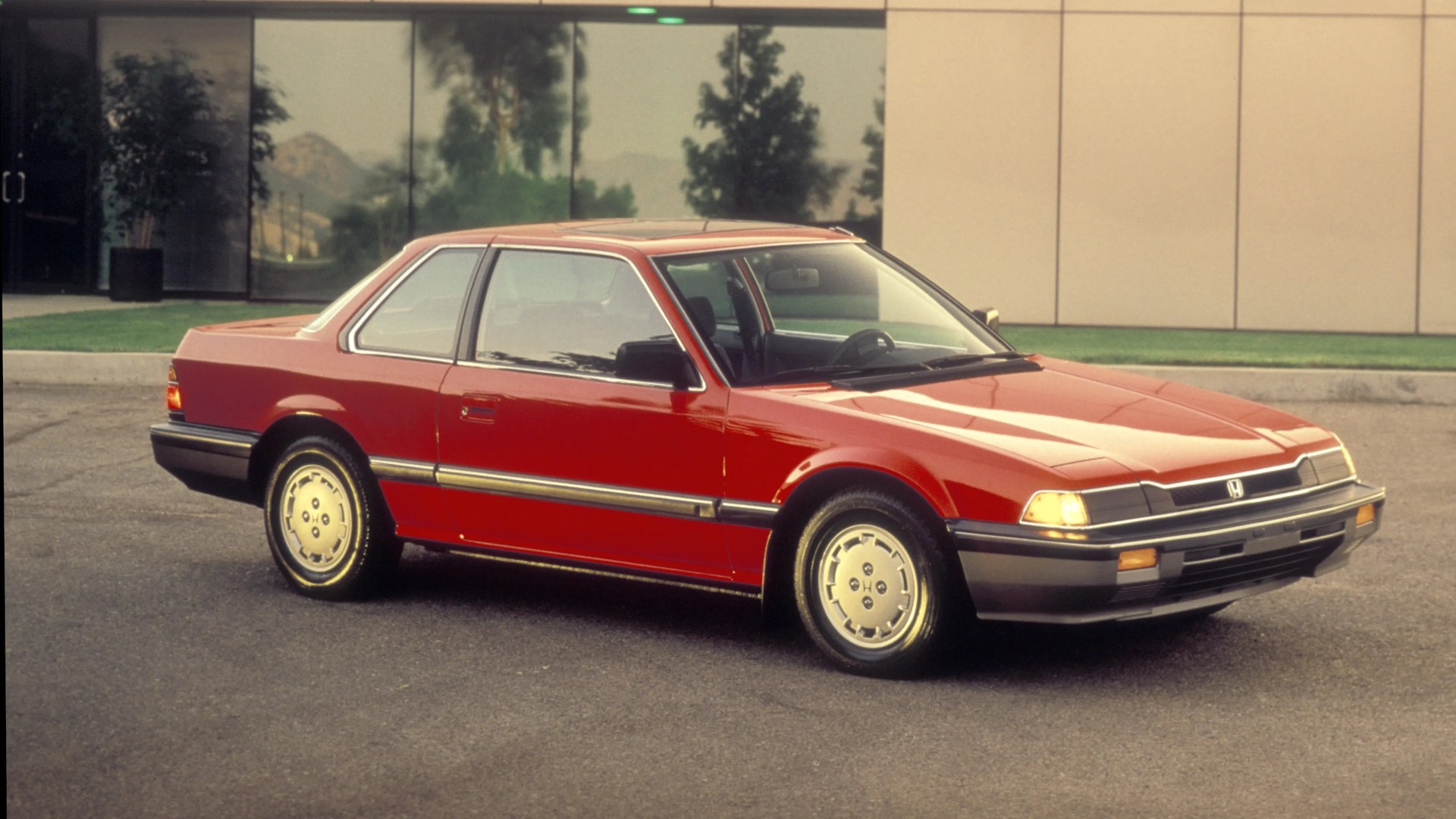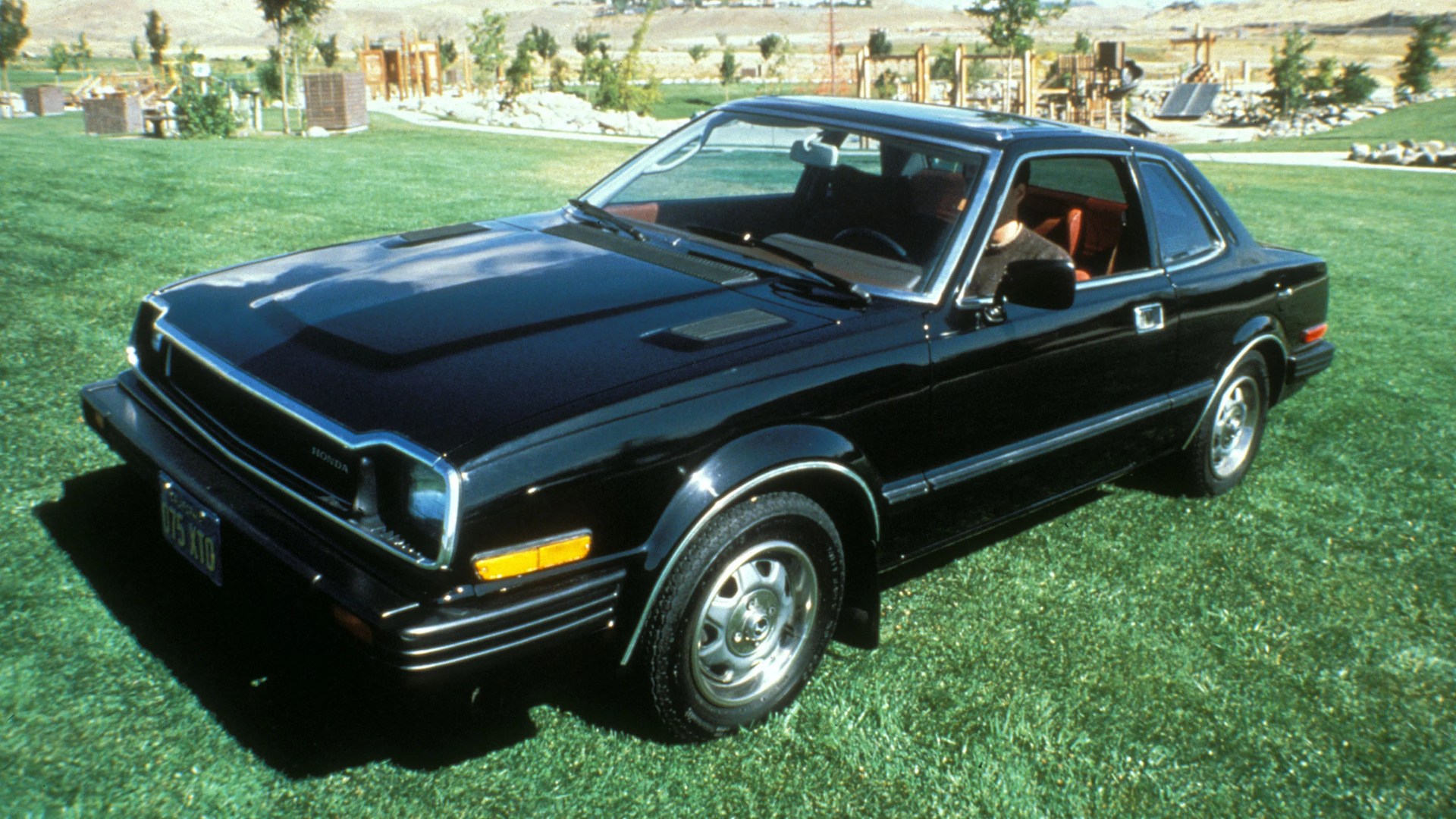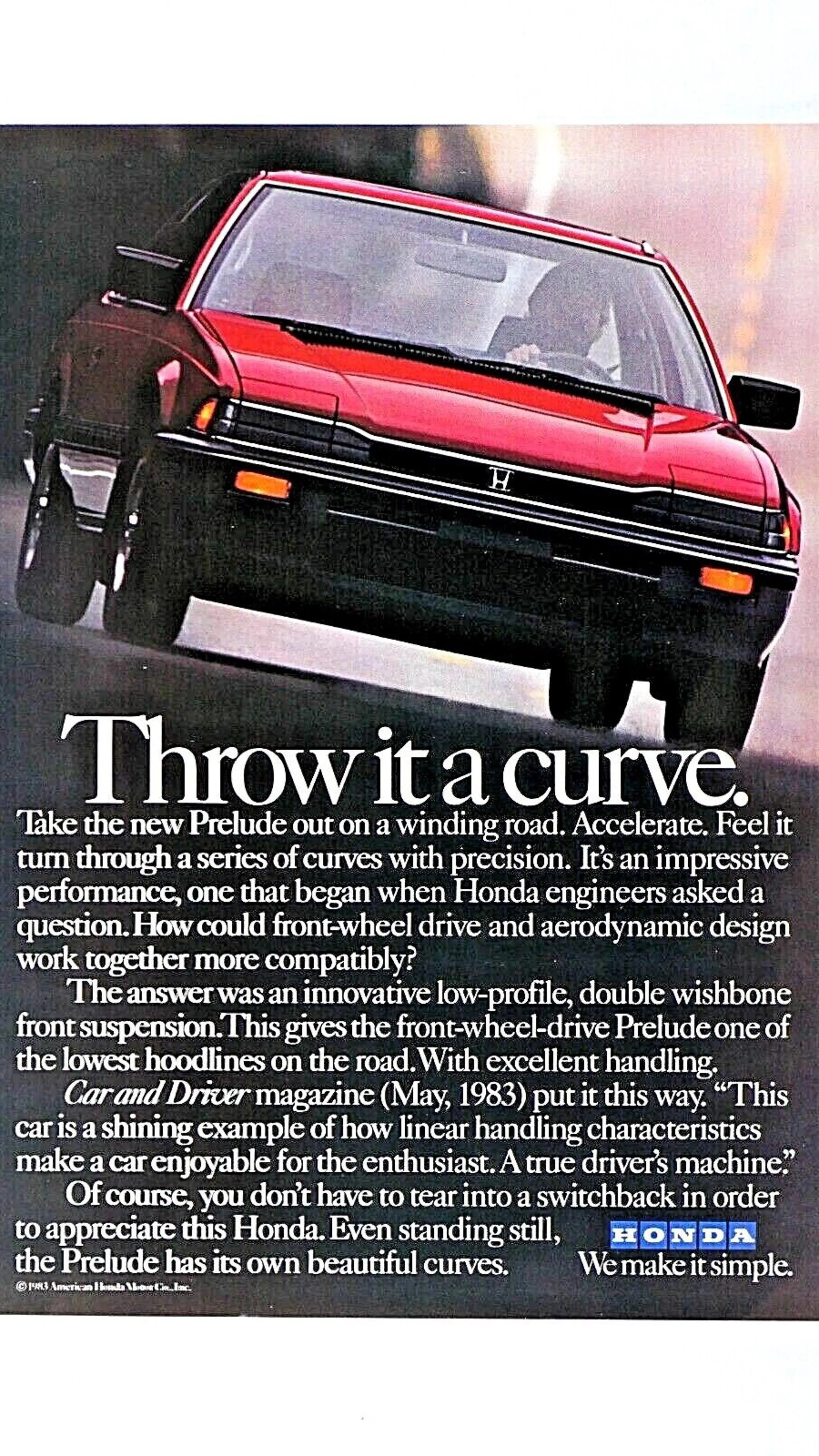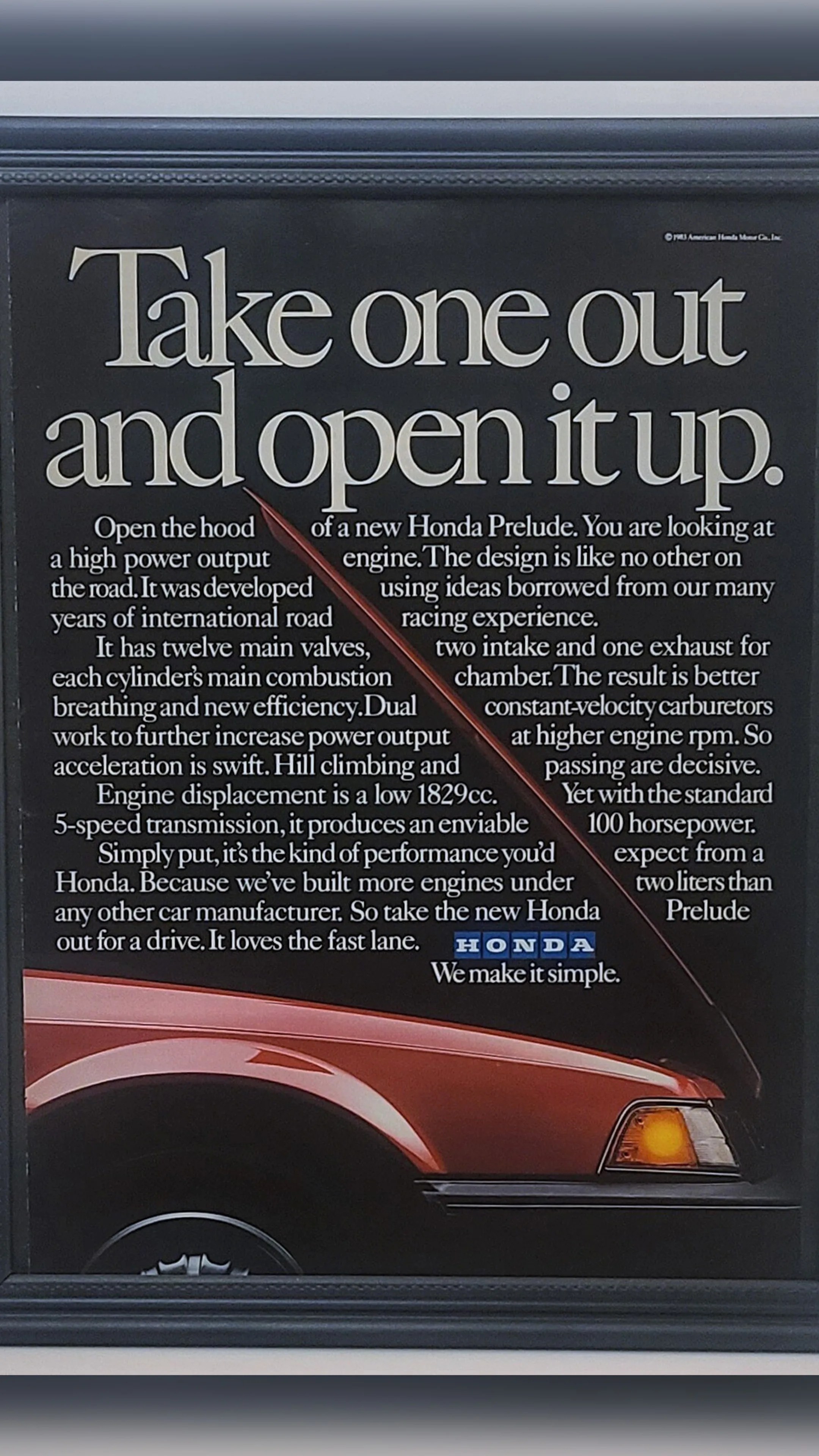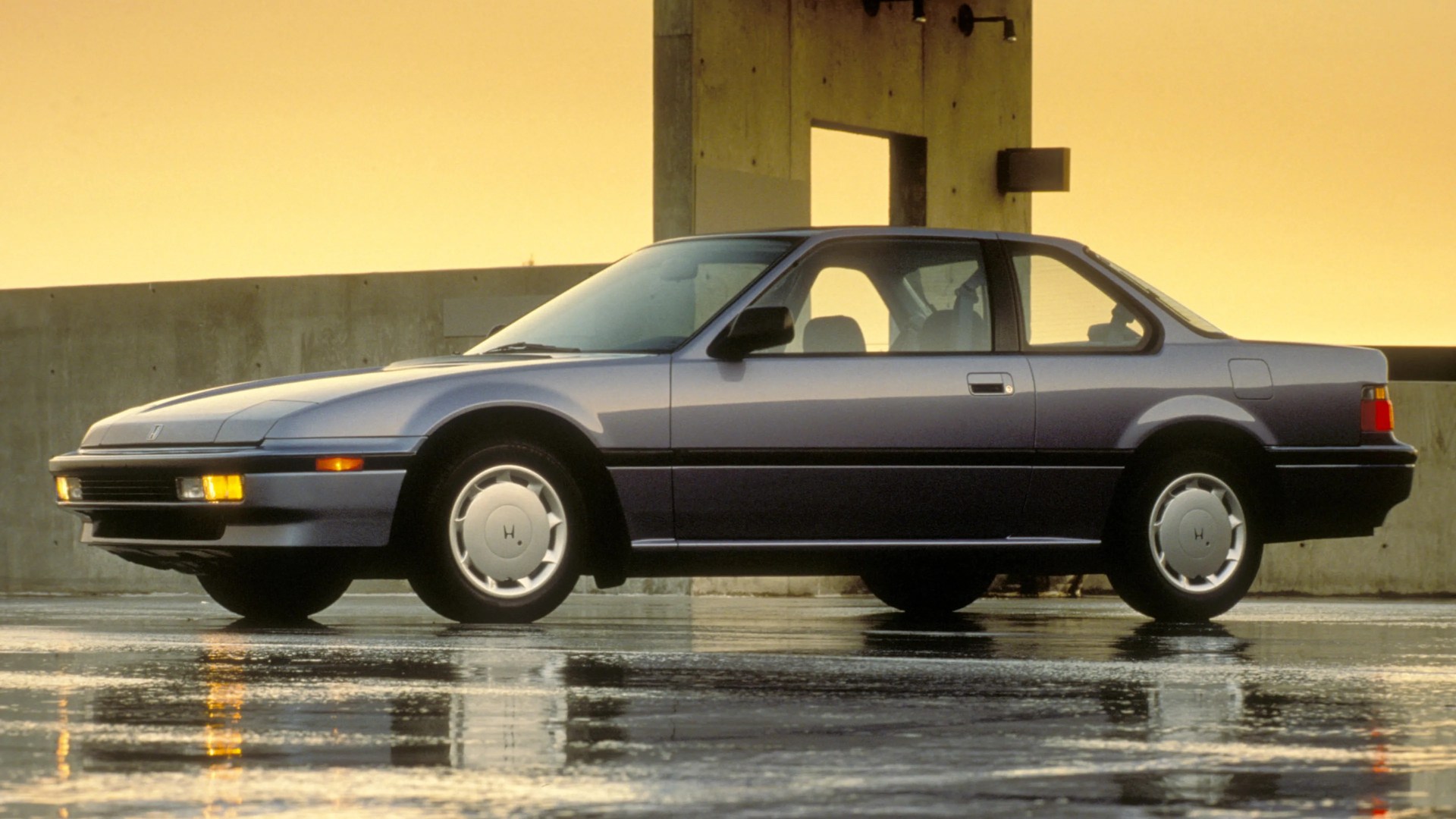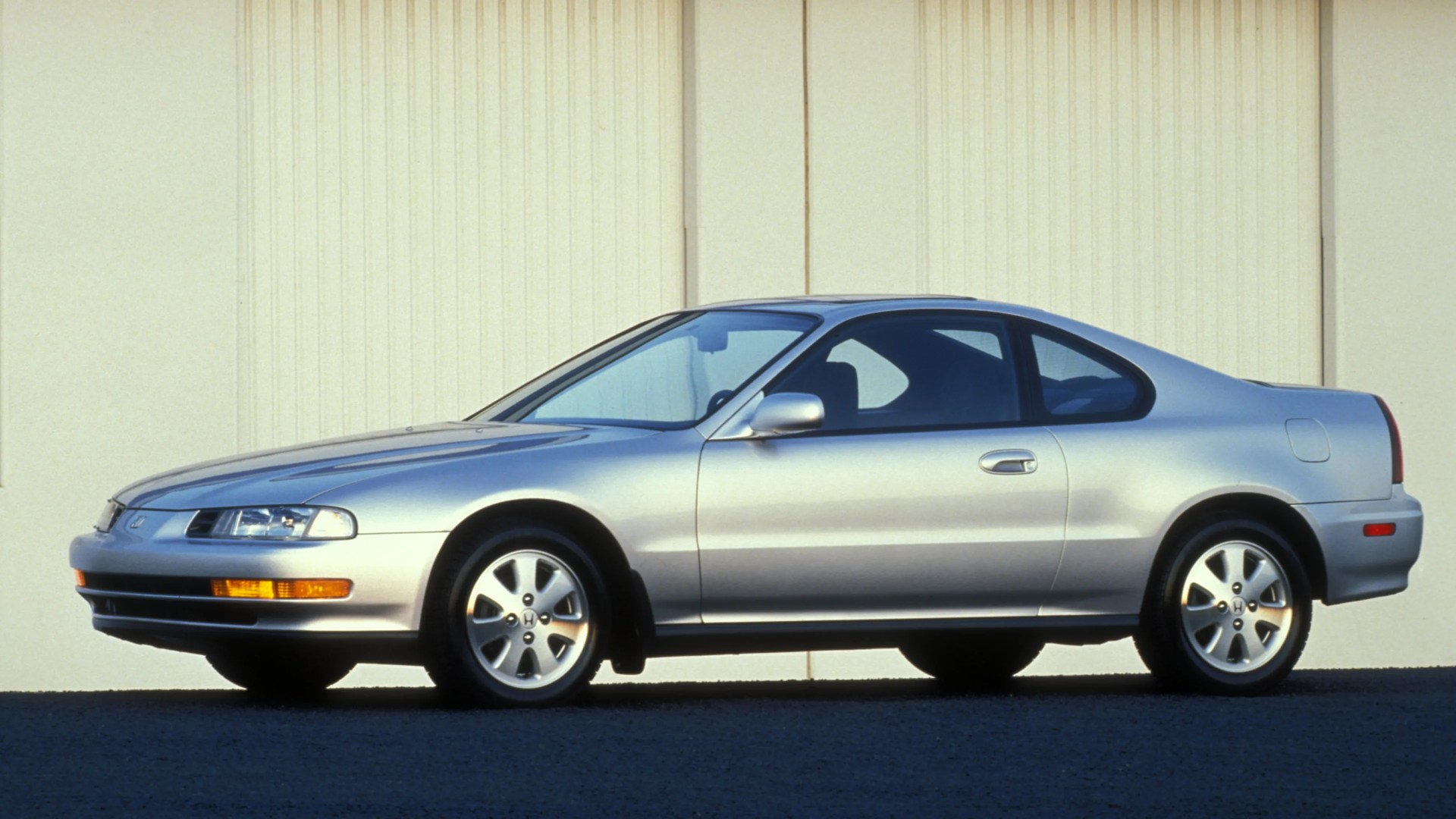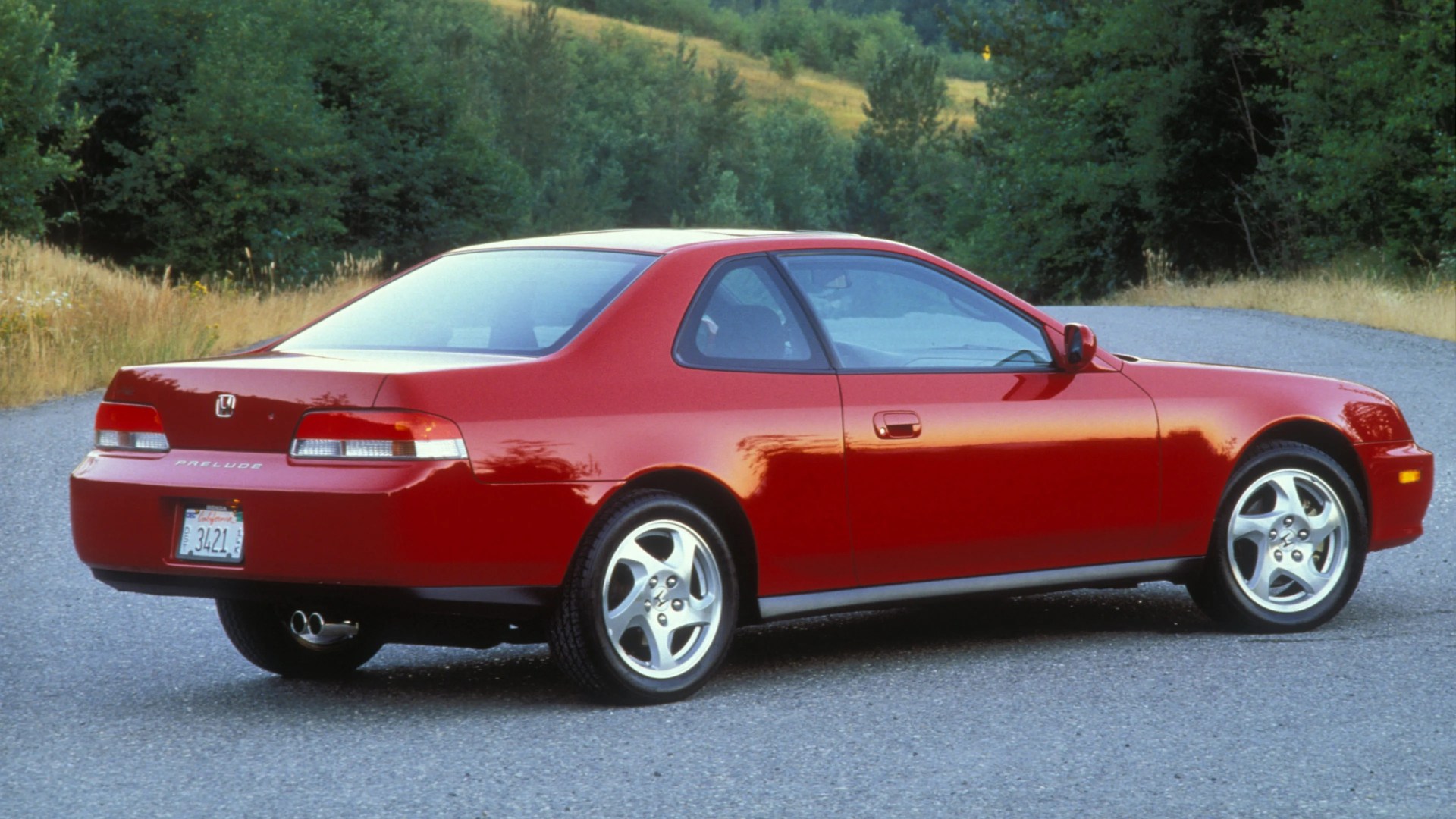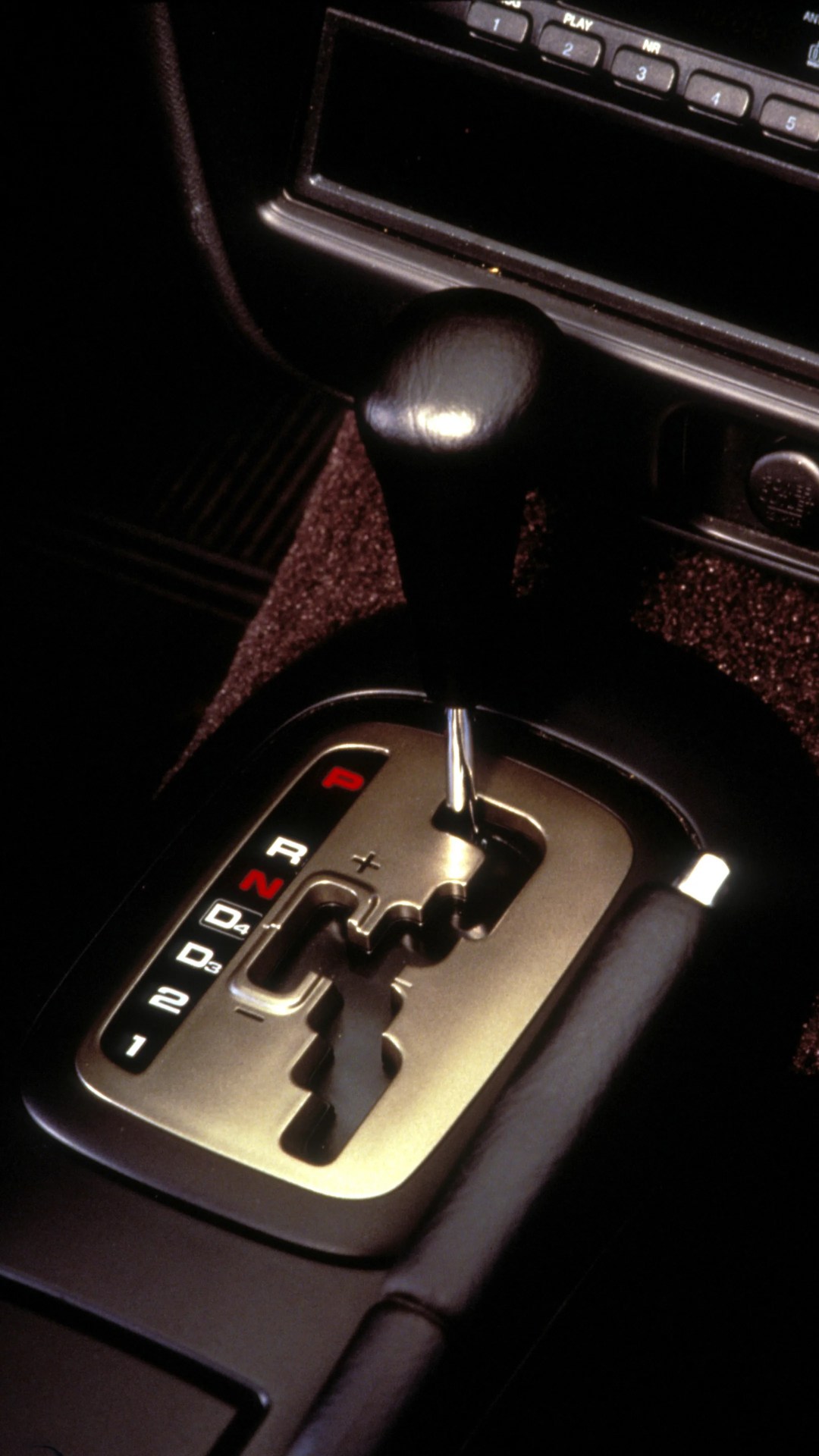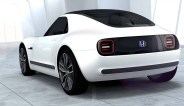You’ve probably heard by now about the Honda Prelude’s triumphant return. The Big H confirmed its revival after teasing the world with a concept at the Tokyo Motor Show in 2023.
If instead you’re wondering, “Wait, what’s a Prelude?” … well, that’s because it’s been almost a quarter of a century since Honda last made one.
In human age terms, that’s more than a couple of generations ago. In car terms, that’s eons.
Why the Honda Prelude is such a big deal
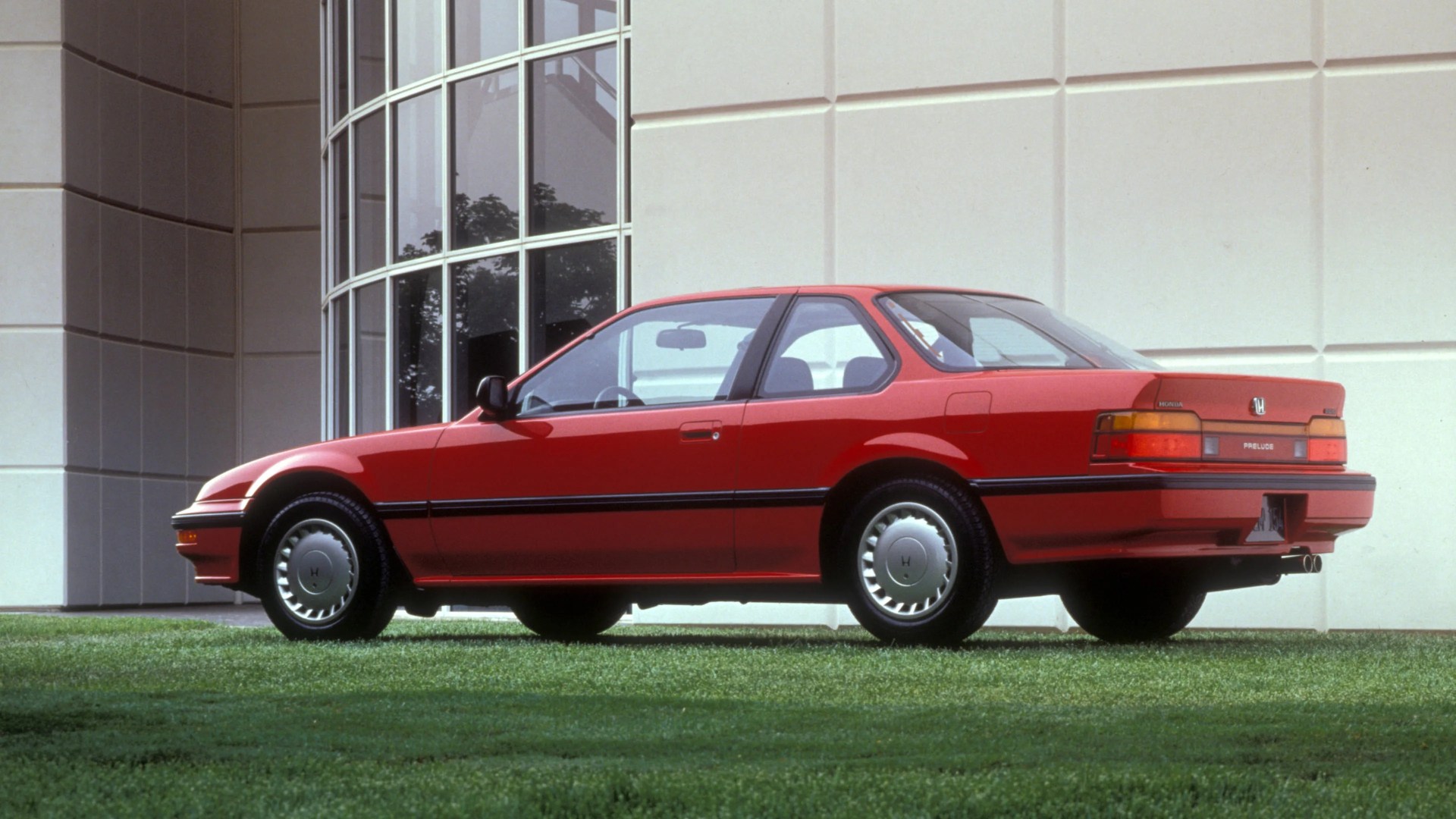
Truthfully, the excitement around the new Prelude isn’t just about its revival. It’s also about its heritage and how integral the model was for Honda’s rise to prominence both internationally and in North America.
Sure, it may not be as bewitching or exciting as the NSX that came a decade after the Prelude’s 1978 introduction. But the Prelude served as a prime example of relatively affordable, practical, and reliable performance for the masses.
